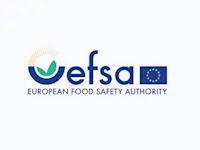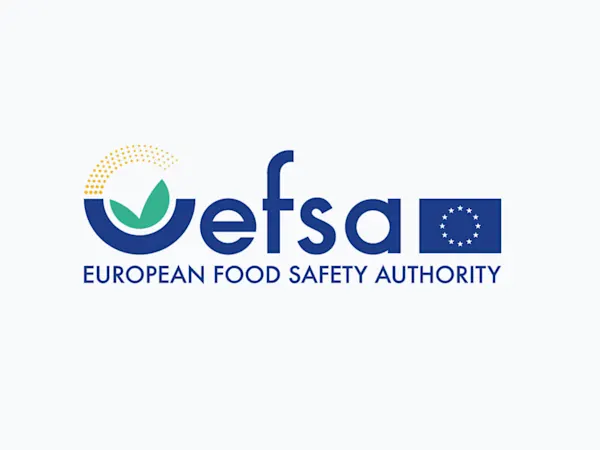
EU Ministers Press Commission on Delayed REACH Revision Amid Industry and Environmental Demands
EU Member States urge the Commission to accelerate the REACH revision, citing urgent health, environmental, and industry competitiveness needs.


On 25 June 2025, the European Chemicals Agency (ECHA) updated the REACH Candidate List by adding three new substances of very high concern (SVHCs). The update increases the list to 250 entries and imposes new legal obligations on companies handling these substances in products, mixtures, or articles across the EU and EEA. The substances include two that are very persistent and very bioaccumulative (vPvB) and one that is toxic to reproduction.
This move under the REACH Regulation (EC No 1907/2006) directly impacts manufacturers, importers, retailers, and downstream users who must assess the presence of these substances in their supply chains and take action to ensure compliance.
The three newly listed SVHCs are:
The first two substances are commonly found in cosmetics, personal care items, and automotive care products. They were added due to their vPvB classification under Article 57e. The third, a textile dye, was identified as toxic for reproduction under Article 57c.
These classifications mean the substances pose long-term environmental or health risks, prompting regulatory action under REACH to protect human health and the environment.
From the date of inclusion (25 June 2025), companies have six months to notify ECHA if any of their articles contain these SVHCs above 0.1% weight by weight. This includes notification to the SCIP database under the Waste Framework Directive and updating safety data sheets for mixtures containing the substances.
Additionally, suppliers must inform customers and consumers of the presence of these SVHCs and provide guidance on their safe use. Products containing SVHCs are also ineligible for the EU Ecolabel, affecting marketing and green certification prospects.
While chemical manufacturers are the most directly impacted, the update has wider implications across the value chain—including automotive suppliers, cosmetics brands, retailers, and logistics providers.
Affected companies should act swiftly by:
Foresight continuously tracks 1000s of sources and maps updates to your portfolio:




EU Member States urge the Commission to accelerate the REACH revision, citing urgent health, environmental, and industry competitiveness needs.

The EU has classified DBDPE as a substance of very high concern (SVHC) due to vPvB properties, affecting manufacturers and downstream users of flame retardants.

EFSA launches consultation on updating its Weight of Evidence and Biological Relevance guidance, aiming to streamline chemical risk assessment practices.
Subscribe to Foresight Weekly and get the latest insights on regulatory changes affecting chemical compliance.
Free forever. Unsubscribe anytime.
Read by professionals at